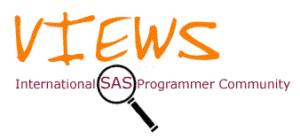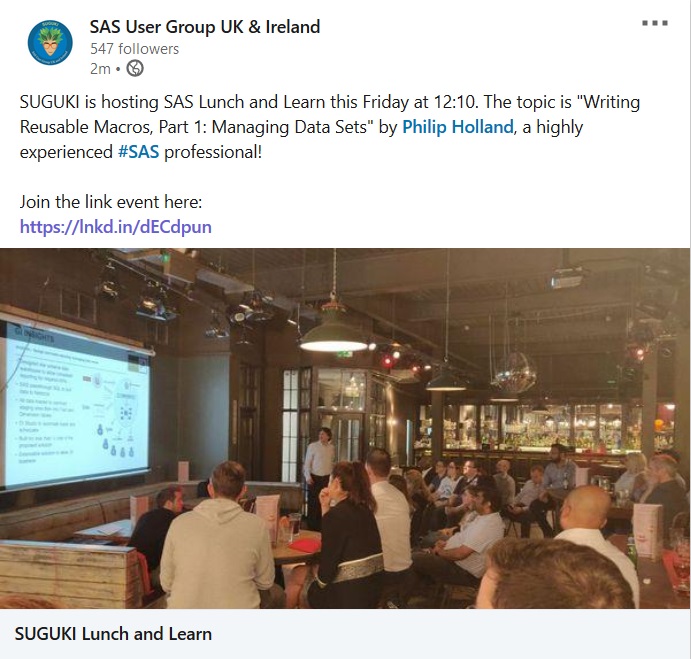![]()
Last call for articles for VIEWS News 64: Become a VIEWS Consultant in May! I’m planning to publish VIEWS News issue 64 at the end of May 2021, which means that I need you to send me your short SAS-related articles by 17May2021 to views-uk@hollandnumerics.org.uk.
Topics include:
- Annoying SAS Programming Styles: I wrote Part 1 in issue 60 about indenting of SAS code, and have added more articles since then. Do you have your own example of an annoying programming style, and how to fix it?
- Event previews and reports.
- SAS-related book reviews.
- Short articles on any SAS-related topics.
All the above examples will entitle the author to refer to themselves as a VIEWS Consultant!
There is also In Brief and Diary sections in each issue containing:
- Links to interesting SAS-related web sites.
- Announcements of SAS-related events occurring from mid-June onwards.
Looking forward to hearing from you soon…………..Phil





You must be logged in to post a comment.